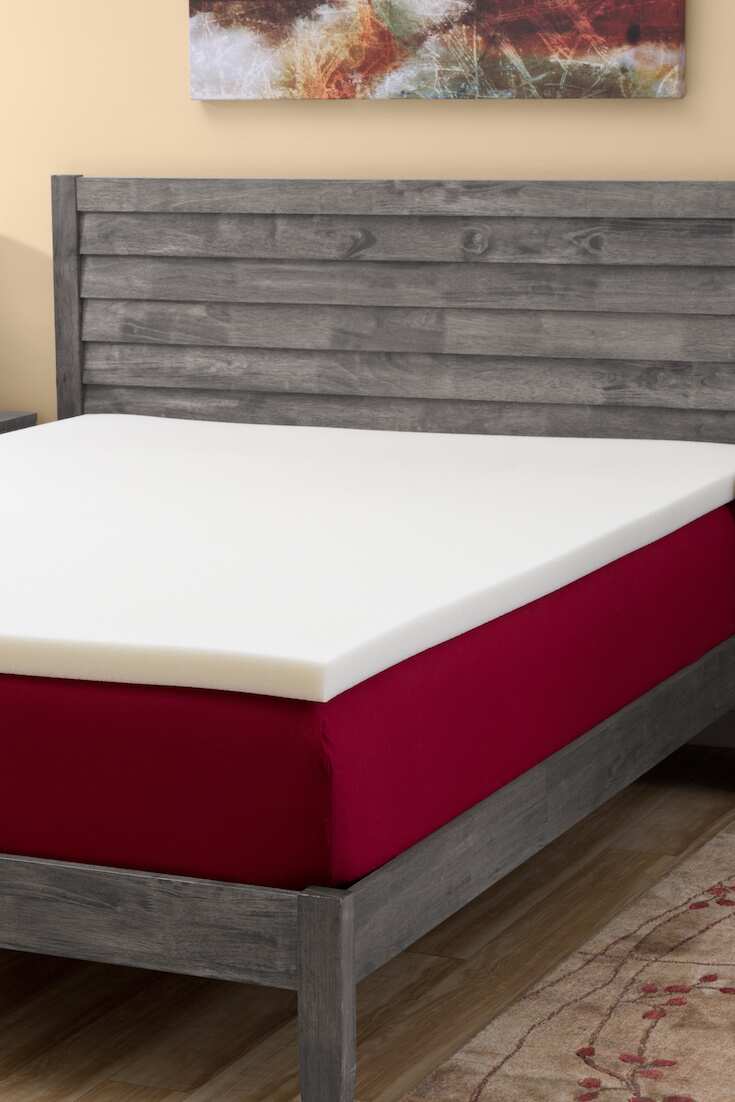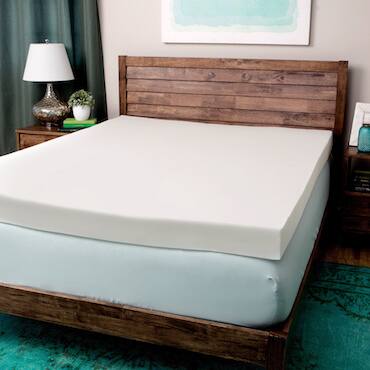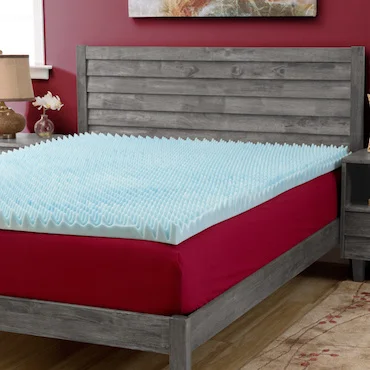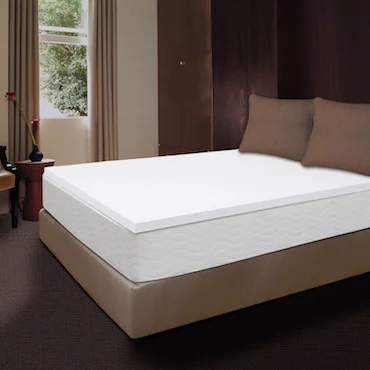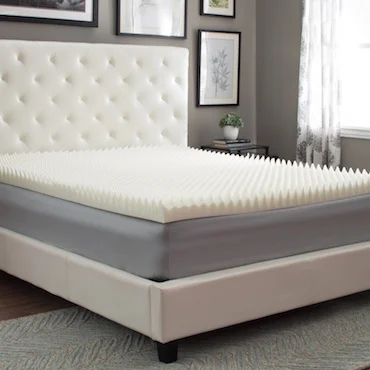A memory-foam mattress topper can transform the feel of your bed as you sleep, and choosing the right thickness ensures that you feel cradled and comfortable all night long. A wide selection of thicknesses is available, and it is not always easy to determine exactly which thickness is right for you. Considering the current composition of your mattress and your personal sleeping habits can go a long way toward picking the optimal thickness for your needs.
Confirm Mattress Size and Type
A new memory-foam mattress topper must fit the dimensions of your existing mattress perfectly to keep it from sliding around or failing to provide adequate cushioning as you sleep. Determine the exact mattress size of your bed before you begin shopping for a topper, and take the mattress type into consideration to help select the right thickness. Mattresses with a pillow top or a quilted top may not require a topper with the same thickness as those with standard tops due to the extra cushioning afforded by these designs. Also, mattresses with specialized tops may have special requirements for rotation.
Remove Any Pads or Toppers
Carefully remove any existing pads or toppers. Mattress pads are typically far thinner than toppers, and these typically serve to protect underlying mattress tops from wear instead of adding much extra cushioning. If your mattress already has a removable topper, replacing this with a version filled with memory foam can deliver an extra level of comfort. Check the type and design of your existing topper, if one is in place, and search for similar designs if your current setup still appeals. Use only one topper of the appropriate thickness per mattress.
Inspect for Signs of Wear
Inspect the bare mattress top for obvious signs of wear. Areas worn smooth by constant turning or those that show other signs of wear represent potential areas for improvement. If your mattress shows such signs of wear, consider mattress toppers with thicknesses greater than 3 inches. These provide greater levels of cushioning and support along with enhanced protection for the underlying mattresses. Mattresses with little signs of wear may work well with thinner toppers, especially if you prefer a firmer mattress for a good night's sleep.
Select the Right Thickness
Take the way that you sleep and the state and design of your mattress into consideration when choosing the right thickness for your needs. Thicknesses of only 2 or fewer inches are ideal for those who already sleep on pillow-top mattresses and want extra support as they slumber or those who do not toss and turn regularly, while thicknesses of 3 inches or more provide plush comfort and an added layer of protection for underlying mattress tops along with the support that can help prevent tossing in the night.
Consider Density
A final consideration that can be as important as thickness is memory foam density. Memory foam material is often gauged by its density, and denser material offers greater support for sleepers. Those who toss and turn frequently at night may seek a denser memory foam if they believe extra support can help prevent this or a lessened density if they want plush comfort that can cradle them as they sleep. To get the most out of mattress density and combat compression, a minimum thickness of 2 inches works well for most sleepers.
